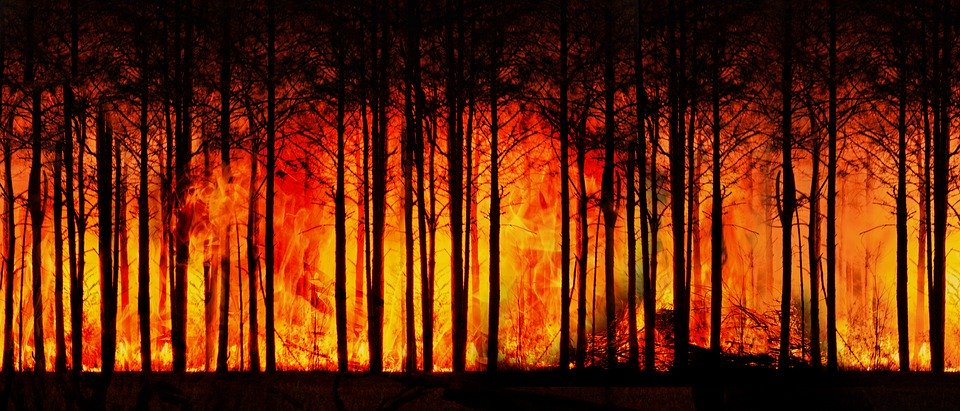New Climate Study Eliminates Possibility of Less Severe Global Warming Estimates

It is well-established that human-generated carbon dioxide emissions (e.g., burning fossil fuels and deforestation) are warming the planet. There has been uncertainty, however, as to how warm the planet will get. A recent analysis, conducted by 25 researchers from around the globe and sponsored by the World Climate Research Program, found that it is very unlikely that global warming will be on the lower end of previous scientific estimates.
Climate sensitivity is the primary measure of how susceptible the Earth’s climate is to human activities. The study determined that it is extremely unlikely that climate sensitivity could be low enough to avert a global warming of more than 2 degrees Celsius. More specifically, the study determined that there is at least a 95 percent chance that a doubling of carbon dioxide would warm the planet by more than 2 degrees Celsius from preindustrial levels. Thus, if humans continue to emit carbon dioxide at current rates, the planet will likely be irreversibly damaged.
Long-established climate sensitivity estimates, determined in a landmark 1979 study (National Research Council, Carbon Dioxide and Climate: A Scientific Assessment, The National Academies Press (1979), https://doi.org/10.17226/12181), range from an increase of 1.5 to 4.5 degrees Celsius if atmospheric carbon dioxide were doubled. The recent study found that if humans continue to emit at current rates, the global average temperature will likely increase between 2.3 and 4.5 degrees Celsius. The study used a narrower sensitivity range of between 2.6 to 3.9 degrees Celsius, which has a 66 percent change of happening. Overall, the new study narrowed the previous 1979 range while increasing the lower bound.
A temperature increase of 2 degrees Celsius is the benchmark for global warming’s most devastating effects including sea level rise, extreme heat and weather events and irreversible damage to ecosystems. Thus, the results of this study are a grave warning for the state of the planet.
Currently, the world is on track to double its carbon dioxide emissions within the next fifty years but this can still be avoided if emissions are drastically cut now. If doubling does occur, even the upper limit of the temperature increase range of 4.5 degrees Celsius could be exceeded, although the study estimates only a 6 to 18 percent chance of this happening.
Numerous independent data sources were used in the production of this study including detailed climate models, satellite observations, ice cores of prehistoric temperatures, and instrument records since the industrial revolution. To ensure the validity and avoid bias, the authors required the report conclusions to be supported by numerous points of evidence.
This study confirms that human activities are undoubtedly warming the planet at an alarming rate and that the impending warming will not be minor. We are currently halfway to doubling the carbon dioxide in the atmosphere and the planet has already warmed by at least 1 degree Celsius above preindustrial levels. As a result, the study rebutted the assertion that doubling atmospheric carbon dioxide would only cause a 1.5-degree Celsius increase.
The researchers also refuted the claim that the climate could counteract warming temperatures on its own through natural responses such as increased cloud cover. Some have asserted that planet warming would also cause larger clouds to develop, which would in turn cool the planet by reflecting more sunlight away from the Earth. The study found this outcome to be unlikely.
The only thing that will save the planet from climate change is human action. And, while the results of the study are alarming, having a more accurate climate sensitivity range could help to make better climate-related decisions. Drastic actions worldwide are needed to stop the doubling of atmospheric carbon dioxide and its detrimental impacts on the planet and its inhabitants.
To access the report, click here.
